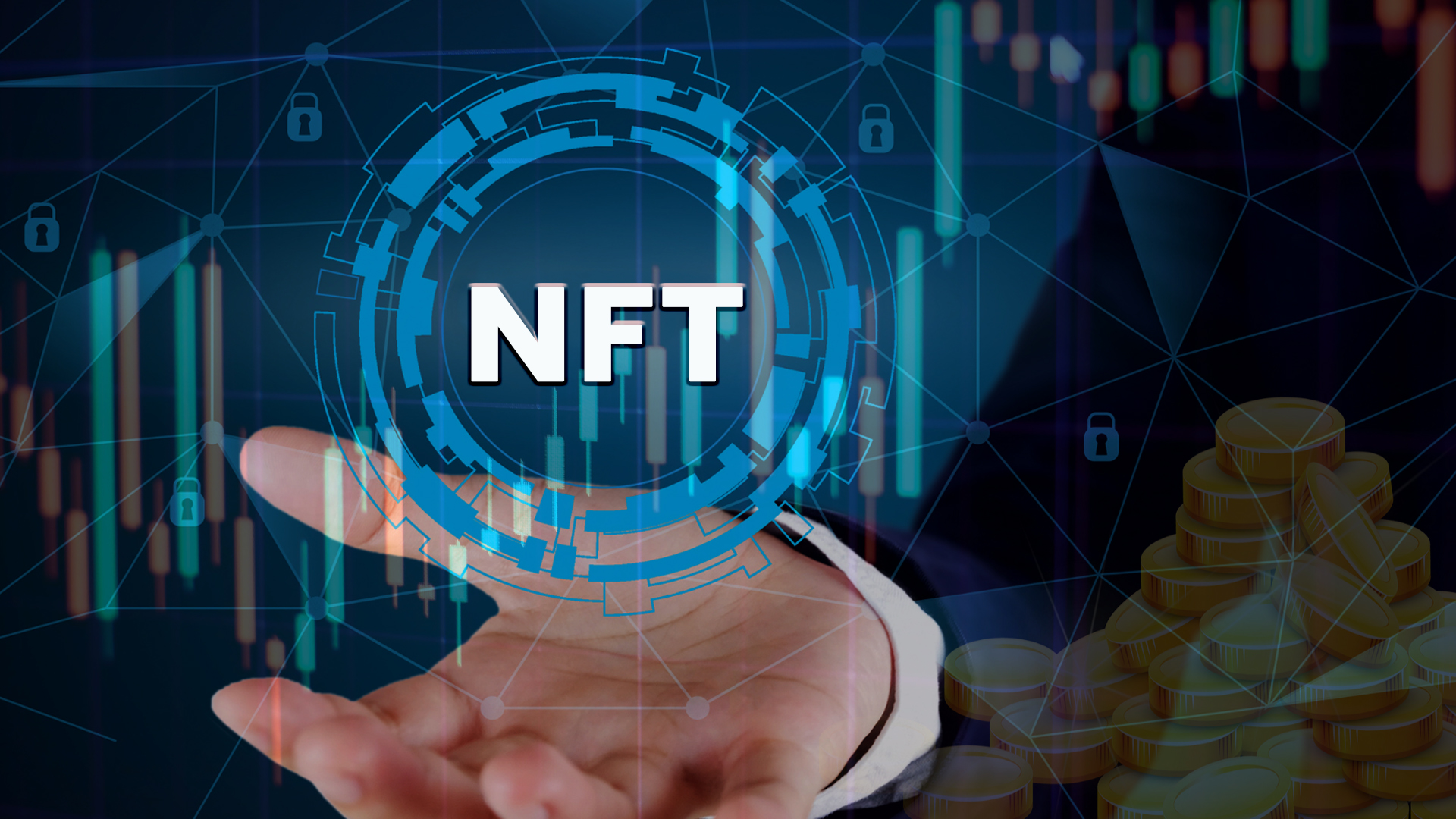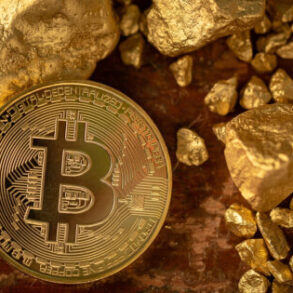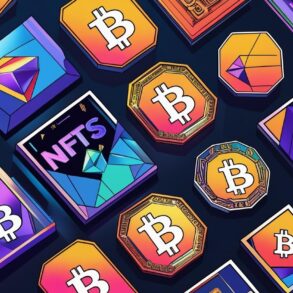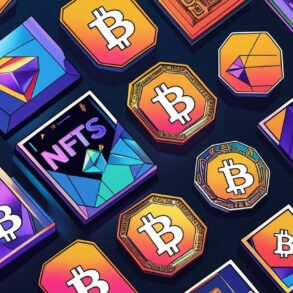
- Crypto art is an emerging space in which artists use blockchain to sell and store their artworks.
- As cryptocurrency is becoming more adaptable, the extent and scope of crypto art is also growing.
It won’t take a genius to understand that crypto art is a fusion of cryptocurrency and art. The term involves all the forms of art that are exhibited or made available through blockchain. So far, non-fungible token (NFT) has been the most common form of digital asset associated with art. This unique digital asset has been used to represent paintings, music, gaming assets, and much more.
Using this asset, artists can make their work inimitable. With that, the early prospects of artists also increase as no one can make a rip-off of their work. If anyone wants to buy their work, they have to contact the original artist only or they’ll have to buy the NFT from someone who has it already. The non-fungible tokens work on blockchain and they don’t have any intrinsic value. However, they can be highly valuable depending on the significance of the piece of art integrated with it.
The landscape of crypto art is expanding day by day. It is incorporating more decentralized solutions and becoming more dynamic as well. For crypto enthusiasts, this space is getting more lucrative as well. Therefore, analyzing its aspects is a must for everyone keen to learn about the impact of crypto.
Driving Force of Crypto Art Landscape
The biggest highlights of the domain are artists opting for blockchain over traditional methods of selling. It is important to understand how the creation and storage of artwork works on NFTs. These artists create digital art in the form of 3D images, GIFs, videos, JPEGs, etc. Artists working in this niche use specific software to create NFT-compatible artwork. These could include 3d images, GIFs, videos, or JPEGs in the form of digital art. As long as the artwork remains in its original form, it is easily replicable.
But things change when those forms of art get converted into non-fungible tokens. To do that, the artists need to certify for it first. After the certification, they can upload their work to different NFT marketplaces to find potential buyers. Notably, crypto art comes under the ambit of copyright laws. Thus, crypto artists need to produce unique pieces of work that do not attract any conflict of plagiarism. Right now, there are two crypto-based spaces where NFTs can be implemented.
Metaverse
Neal Stephenson, a popular science fiction writer coined this term in 1992. It was the first time someone envisioned a virtual world interacting with the real one. However, it took a little longer for this vision to materialize. Today, the metaverse is an emerging space that has substantiated so many possibilities. It allows users to create virtual personas and spend time doing various activities too.
They can buy and sell various things like pieces of land, clothes, accessories, and much more. The users can even engage in community-building with different networking activities. They enjoy sports, dance, music, and yoga to interact with other virtual people in the space.
NFT Marketplace
NFT marketplace is a digital marketplace where people buy and sell non-fungible tokens. Typically, these platforms offer a wide array of assets to buy and sell. These assets could represent a diverse range of artwork like images, videos, music, etc. The most popular platforms in this category OpenSea, Axie Infinity, Rarible, SuperRare, etc.
Crypto art is getting more expandable and prominent. This decentralized space has become very prolific for all artists. Most probably, it will keep on expanding and opening itself to more artists across the globe.
This post was originally published on this site be sure to check out more of their content








